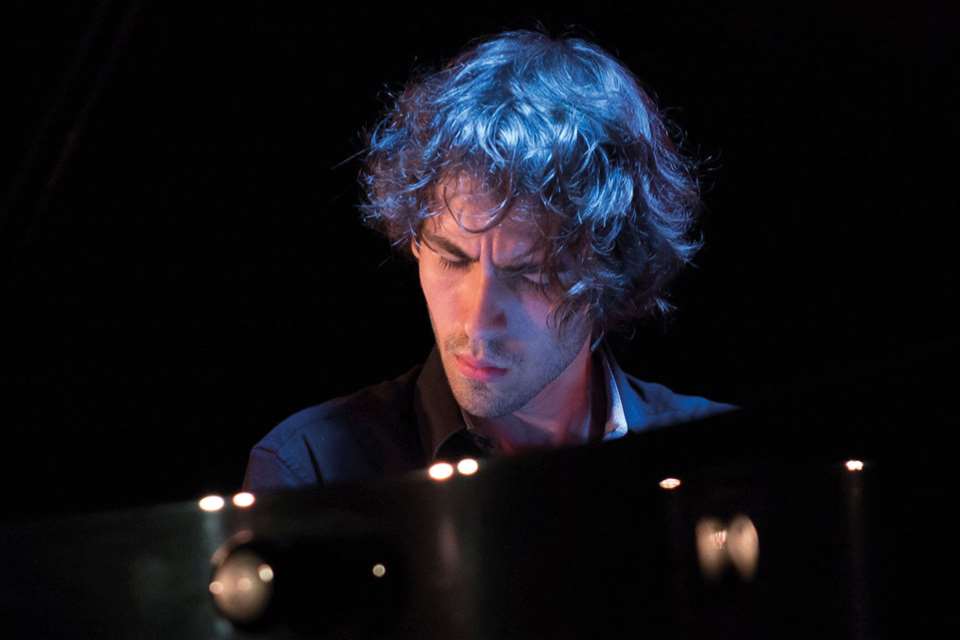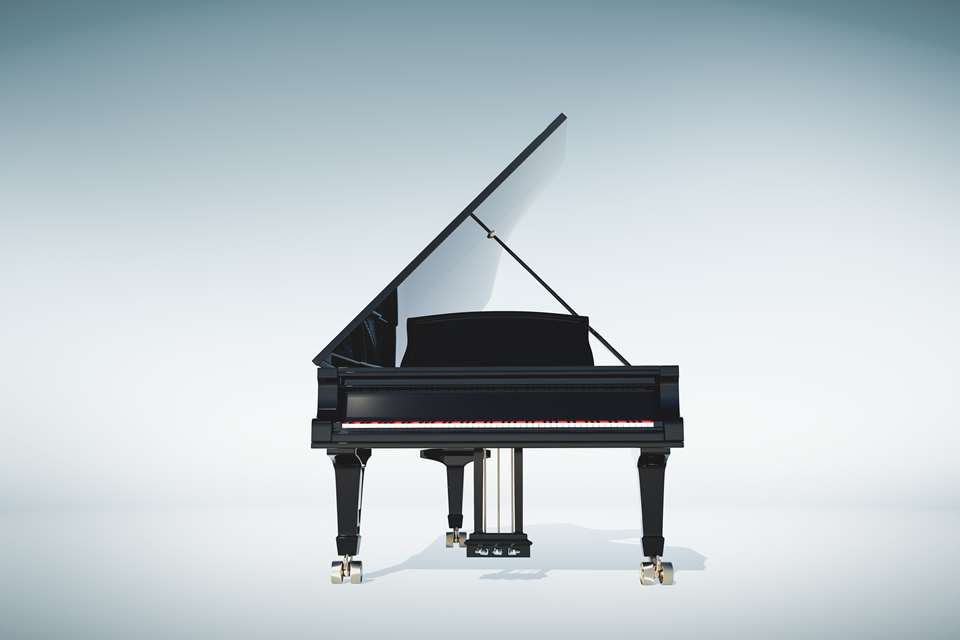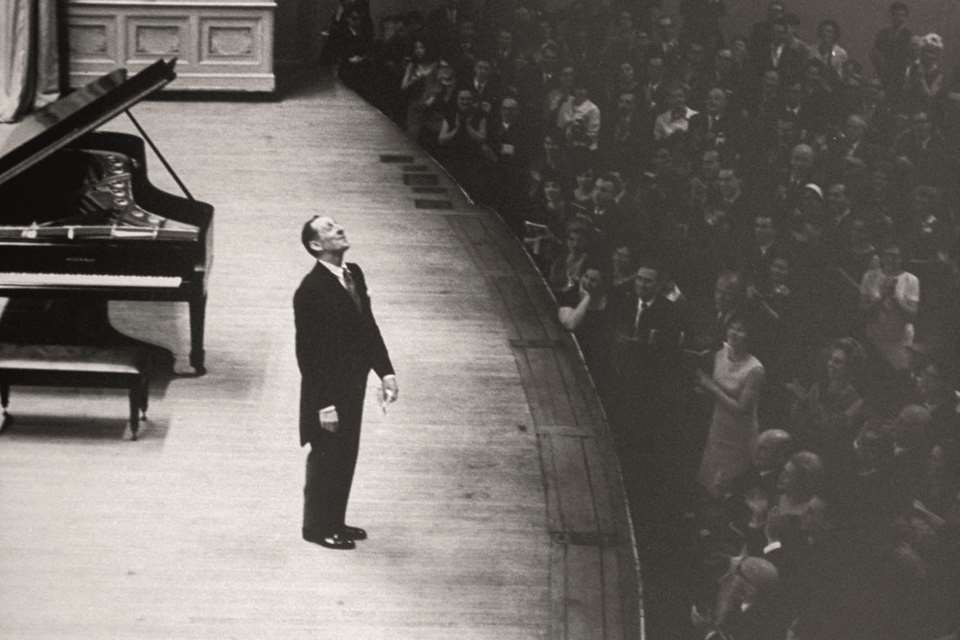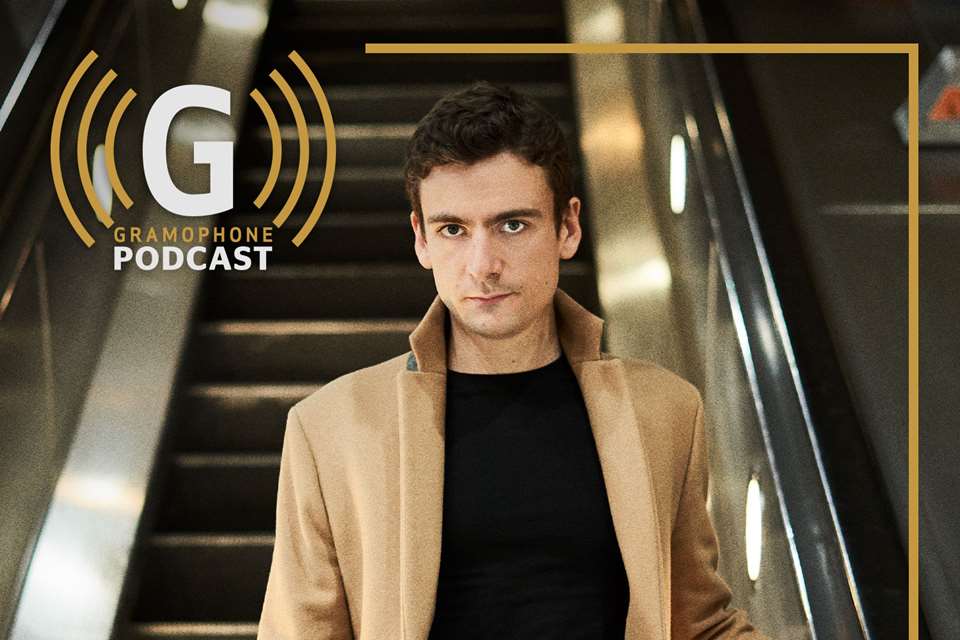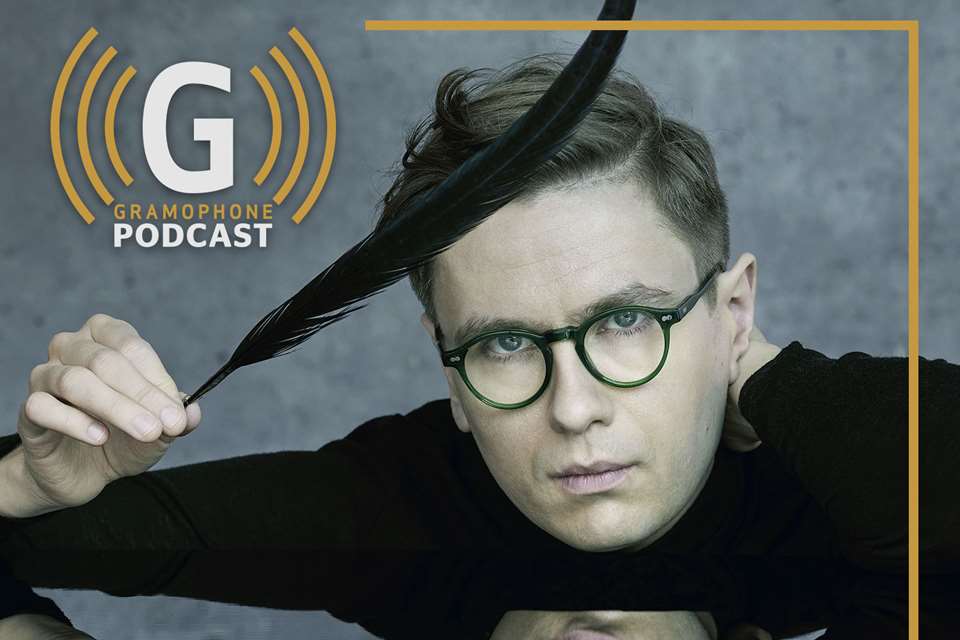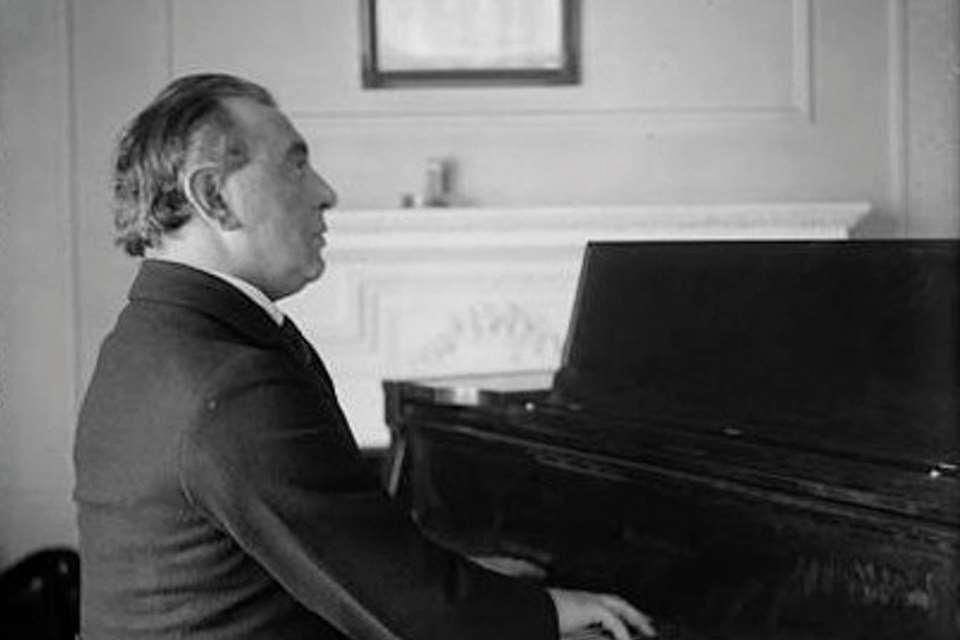Alexandre Kantorow: the electrifying pianist born to play Saint-Saëns
Wednesday, June 29, 2022
As Alexandre Kantorow releases a second volume of Saint-Saëns piano concertos, Tim Parry meets a virtuoso on a compelling path of discovery
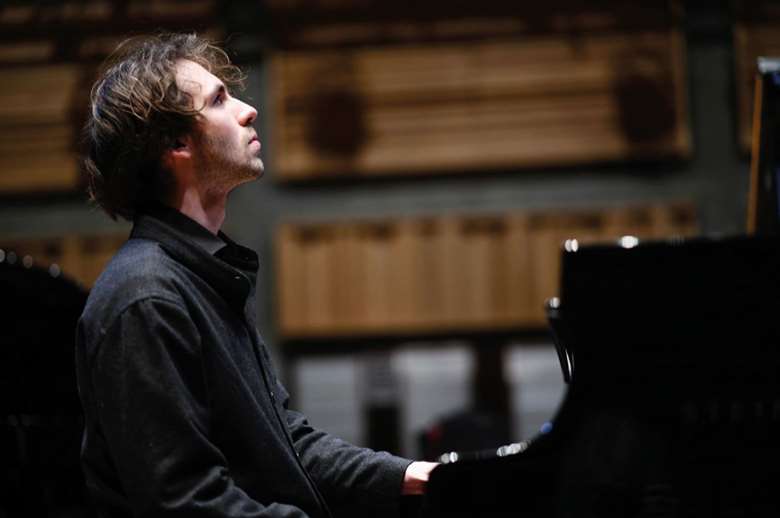
Register now to continue reading
Thanks for exploring the Gramophone website. Sign up for a free account today to enjoy the following benefits:
- Free access to 3 subscriber-only articles per month
- Unlimited access to our news, podcasts and awards pages
- Free weekly email newsletter




